Scientists have outlined exactly how embryonic stem cells protect other cells from the effects of oxidative stress, thus preventing cellular aging.



Detecting cancer in the earliest stages could dramatically reduce cancer deaths because cancers are usually easier to treat when caught early. To help achieve that goal, MIT and Microsoft researchers are using artificial intelligence to design molecular sensors for early detection.
The researchers developed an AI model to design peptides (short proteins) that are targeted by enzymes called proteases, which are overactive in cancer cells. Nanoparticles coated with these peptides can act as sensors that give off a signal if cancer-linked proteases are present anywhere in the body.
Depending on which proteases are detected, doctors would be able to diagnose the particular type of cancer that is present. These signals could be detected using a simple urine test that could even be done at home.
In a new study from Ian M. Mbano, Nuo Liu, Paul T. Elkington, Alex K. Shalek, Alasdair Leslie (University of KwaZulu-Natal) and colleagues, single-cell and spatial transcriptomics of human TB lung tissues from individuals in South Africa revealed that MMP1⁺CXCL5⁺ fibroblasts & SPP1⁺ macrophages are linked to TB disease & TB lung granuloma.
Ian M. Mbano, Nuo Liu, Marc H. Wadsworth, Mark J. Chambers, Thabo Mpotje, Osaretin E. Asowata, Sarah K. Nyquist, Kievershen Nargan, Duran Ramsuran, Farina Karim, Travis K. Hughes, Joshua D. Bromley, Robert Krause, Threnesan Naidoo, Liku B. Tezera, Michaela T. Reichmann, Sharie Keanne Ganchua, Henrik N. Kløverpris, Kaylesh J. Dullabh, Rajhmun Madansein, Sergio Triana, Adrie J.C. Steyn, Bonnie Berger, Mohlopheni J. Marakalala, Sarah M. Fortune, JoAnne L. Flynn, Paul T. Elkington, Alex K. Shalek, Alasdair Leslie; Single-cell and spatial profiling highlights TB-induced myofibroblasts as drivers of lung pathology. J Exp Med 2 March 2026; 223 : e20251067. doi: https://doi.org/10.1084/jem.20251067
Download citation file:
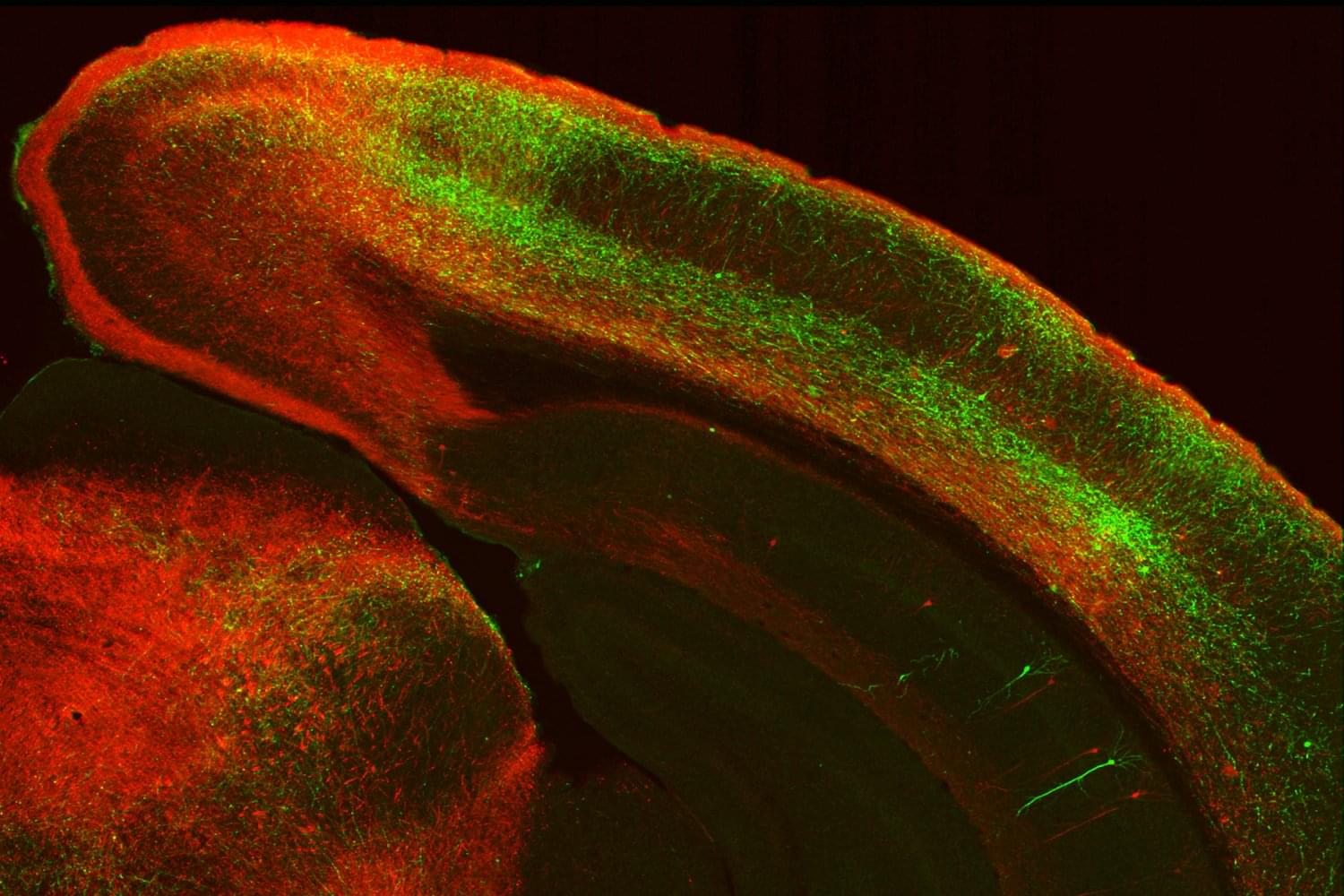
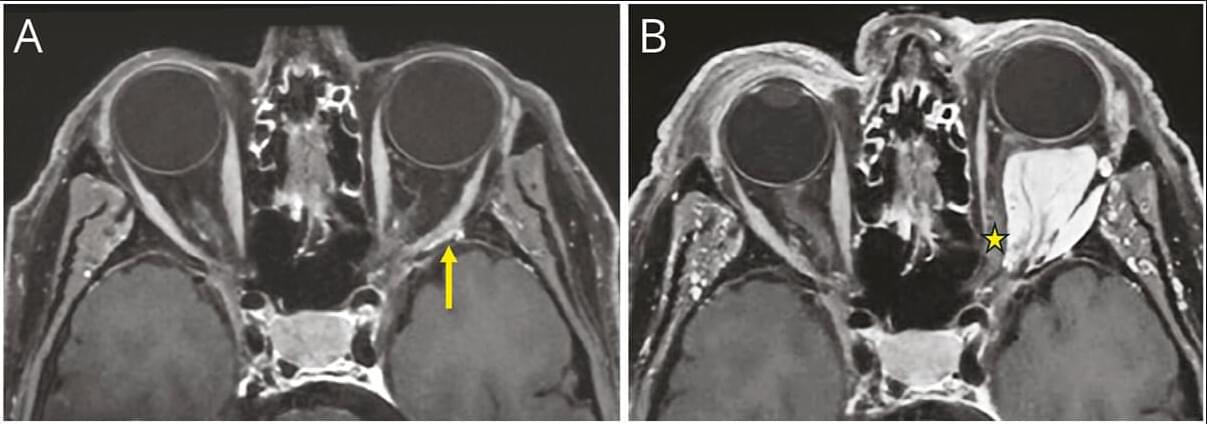
Letters to the Editor.
The Letters section represents an opportunity for ongoing author debate and post-publication peer review. View our submission guidelines for Letters to the Editor before submitting your comment.

The study compared whole blood samples from 61 people meeting clinical diagnostic criteria for myalgic encephalomyelitis/chronic fatigue syndrome (ME/CFS) with samples from healthy age-and sex-matched volunteers.
White blood cells from ME/CFS patients showed evidence of ‘energy stress’ in the form of higher levels of adenosine monophosphate (AMP) and adenosine diphosphate (ADP), indicating reduced generation of adenosine triphosphate (ATP), the key energy source within cells.
Profiling of immune cell populations revealed a trend toward less mature subsets of T-lymphocyte subsets, dendritic cells and natural killer cells in people with ME/CSF.
Comprehensive analysis of plasma proteins highlighted disruptions of vascular and immune homeostasis in patients with ME/CFS. Levels of proteins associated with activation of the endothelium – the innermost lining of blood vessels – and remodelling of vessel walls were higher, while levels of circulating immunoglobulin-related proteins were lower.
Although cellular energy dysfunction and altered immune profiles have been noted before in patients with ME/CFS, previous studies have often focused on a single analytical platform without looking at concurrence and interactions.
“ME/CFS is a complex disorder with undefined mechanisms, limited diagnostic tools and treatments,” said the senior author of the study. “Our findings provide further insights into the clinical and biological complexity of ME/CFS.”

Wearable technologies have the potential to transform gastrointestinal care by enabling continuous monitoring of activity in patients with cirrhosis and aiding in the early detection of hepatic encephalopathy. While these innovations provide valuable clinical insights, further efforts are needed to address challenges related to implementation and data management.
Current research into wearable technology in liver disease supports these possibilities. Studies of wrist-worn activity monitors have shown that reduced activity is associated with increased waitlist mortality among liver transplant candidates, as well as increased hospital admissions and mortality in patients with cirrhosis. Other investigations with wearables have linked sleep disturbances to poorer post-liver transplant outcomes and explored skin patches and transdermal sensors for detecting blood alcohol levels and inflammatory markers predictive of outcomes in cirrhosis, Buckholz said.
A major barrier to widespread implementation in clinical practices is the so-called “wearable paradox,” whereby early adopters of wearable technology tend to be relatively healthy, whereas those at highest risk are less likely to already use such devices, Buckholz noted. Increasing access, understanding, and uptake in vulnerable populations will therefore be critical.
Additional challenges include determining how to distill massive volumes of wearable data into concise formats that can be incorporated into electronic medical records (EMRs) and easily communicated to patients.
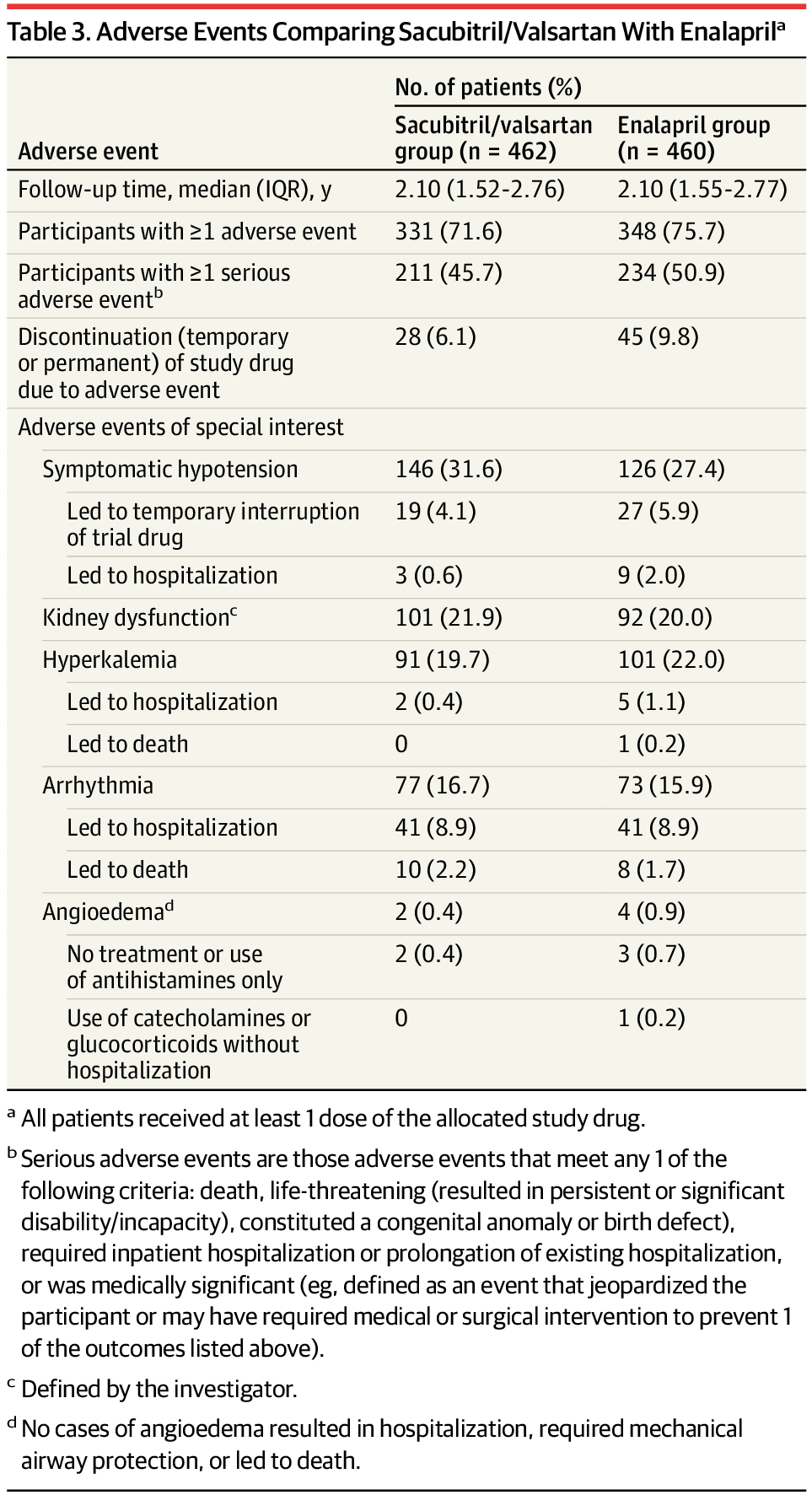
RCT: In patients with Chagas-related HFrEF, sacubitril/valsartan did not reduce rates of cardiovascular death or heart failure hospitalization compared with enalapril.
Although there was a greater reduction in NT-proBNP with sacubitril/valsartan, this did not impact observed clinical outcomes. These findings, in line with the BENEFIT trial, highlight the limited effect of biomarker improvements and antiparasitic therapy on clinical endpoints for Chagas disease.
The most common and severe complication of Chagas disease in its chronic phase is cardiomyopathy, which occurs in 30% to 40% of persons who are infected and can present as chronic myocarditis, conduction system abnormalities, cardioembolic episodes, heart failure (HF), and sudden death.5,11,12 Chagas cardiomyopathy is distinguished by its unique clinical features, including focal myocardial fibrosis, arrhythmogenicity, and ventricular aneurysm formation as well as a markedly high mortality rate, even in the absence of typical comorbidities.13 The reasons patients with HF due to Chagas disease have such a poor prognosis are not fully understood but may include persistent immune-mediated myocardial inflammation triggered by chronic parasitic infection, hypercoagulable state, right ventricular dysfunction, microvascular dysfunction, autonomic disturbance, high rates of ventricular arrhythmias, elevated risk of stroke, conduction disturbances, and ventricular aneurysm formation.5,13,14
Whether guideline-recommended medical therapies for HF are effective in patients with Chagas cardiomyopathy is unknown. No randomized clinical trial to date has been powered to test the efficacy and safety of any treatment in patients with HF caused by Chagas disease, and these patients were not adequately represented in pivotal HF trials.14 Although large randomized clinical trials are lacking, enalapril was selected as the comparator as a standard of care for HF management, including in patients with Chagas cardiomyopathy. The study by Szajnbok et al demonstrated that enalapril improved functional class and reduced heart size in patients with chronic Chagas heart disease, suggesting a beneficial hemodynamic effect.15 More recently, Penitente et al reported that enalapril reduced myocardial fibrosis and improved cardiac function in a murine model of chronic Chagas disease, supporting its role in modulating disease progression.16 Sacubitril/valsartan may offer incremental benefit over enalapril in patients with Chagas disease not only through neurohormonal and vasodilator effects but also by mitigating myocardial fibrosis and arrhythmias.14 Additionally, fully understanding the safety of HF treatments in this population is important, as these patients have more dysfunction of the right ventricle and lower blood pressure compared with other HF etiologies.14
Therefore, the PARACHUTE-HF (Prevention and Reduction of Adverse Outcomes in Chagasic Heart Failure Trial Evaluation) trial was designed to prospectively evaluate the efficacy and safety of the angiotensin receptor-neprilysin inhibitor sacubitril/valsartan in patients with HF with reduced ejection fraction (HFrEF) caused by Chagas disease.
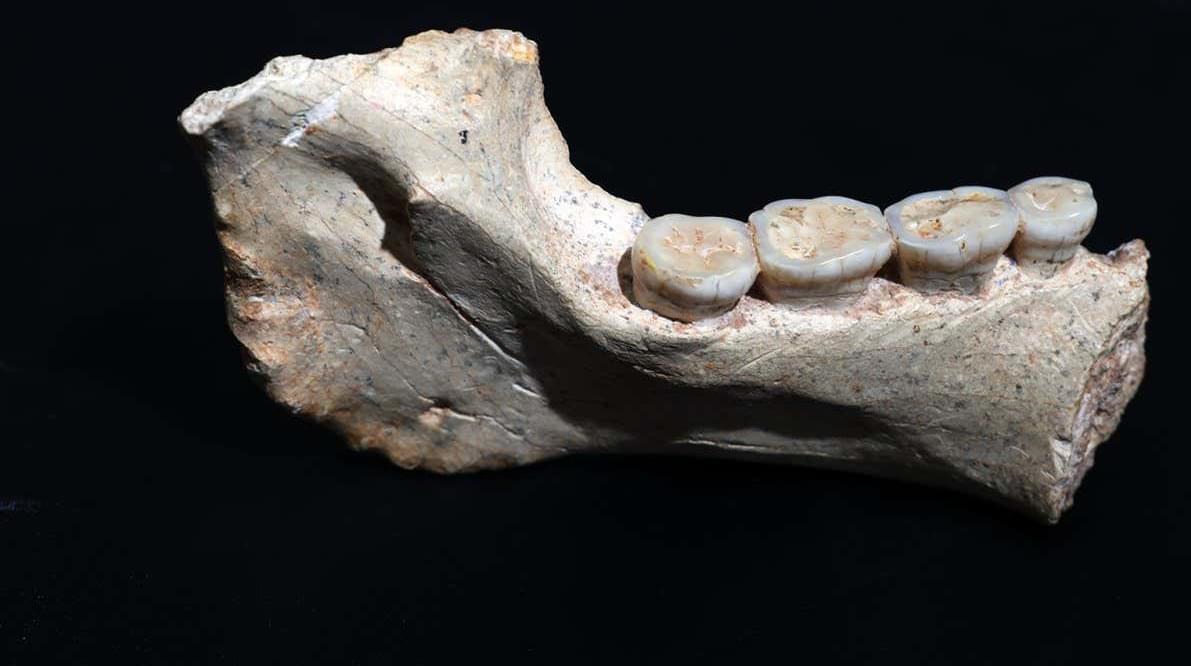
The jawbones and vertebrae of a hominin that lived 773,000 years ago have been found in North Africa and could represent a common ancestor of Homo sapiens, Neanderthals and Denisovans.
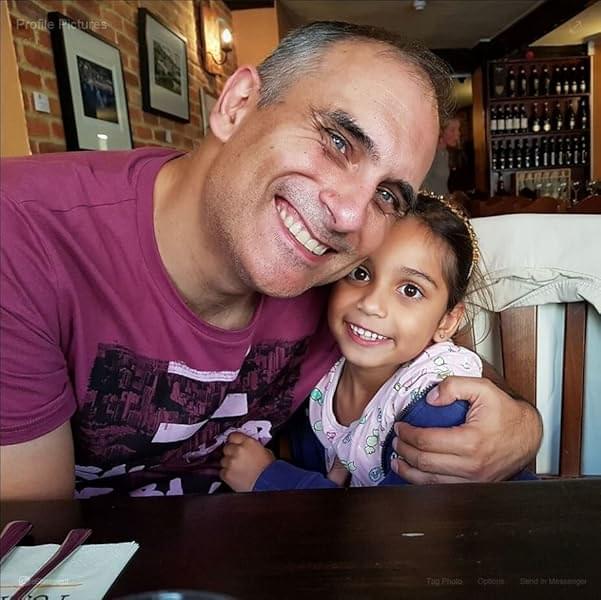
Celebrating a 7-year anniversary of the first edition of my book The Syntellect Hypothesis (2019)! I can’t help but feel like I’m watching a long-launched probe finally begin to transmit back meaningful data. What started as a speculative framework—half philosophy, half systems theory—has aged into something uncannily timely, as if reality itself had been quietly reading the manuscript and taking notes. In those seven years, AI has gone from clever tool to cognitive co-actor, collective intelligence has accelerated from metaphor to measurable force, and the idea of a convergent, self-reflective Syntellect no longer feels like science fiction so much as a working hypothesis under active experimental validation.
Looking back, the book captured a moment just before the curve went vertical. Looking forward, it reads less like a prediction and more like an early cartography of a terrain we’re now actively inhabiting. The signal is stronger, the noise louder, and the questions sharper—but the core intuition remains intact: intelligence doesn’t merely grow, it integrates. And once it does, history stops being a line and starts behaving more like a phase transition.
Here’s what Google summarizes about the book: The Syntellect Hypothesis: Five Paradigms of the Mind’s Evolution by Alex M. Vikoulov is a book that explores the idea of a future phase transition where human consciousness merges with technology to form a global supermind, or “Syntellect”. It covers topics like digital physics, the technological singularity, consciousness, and the evolution of humanity, proposing that we are on the verge of becoming a single, self-aware superorganism. The book is structured around five paradigms: Noogenesis, Technoculture, the Cybernetic Singularity, Theogenesis, and Universal Mind.
Key Concepts.
Syntellect: A superorganism-level consciousness that emerges when the intellectual synergy of a complex system (like humanity and its technology) reaches a critical threshold. Phase Transition: The book posits that humanity is undergoing a metamorphosis from individual intellect to a collective, higher-order consciousness.
Five Paradigms: The book is divided into five parts that map out this evolutionary journey: Noogenesis: The emergence of mind through computational biology. Technoculture: The rise of human civilization and technology. The Cybernetic Singularity: The point of Syntellect emergence. Theogenesis: Transdimensional propagation and expansion. Universal Mind: The ultimate cosmic level of awareness.
Themes and Scope.